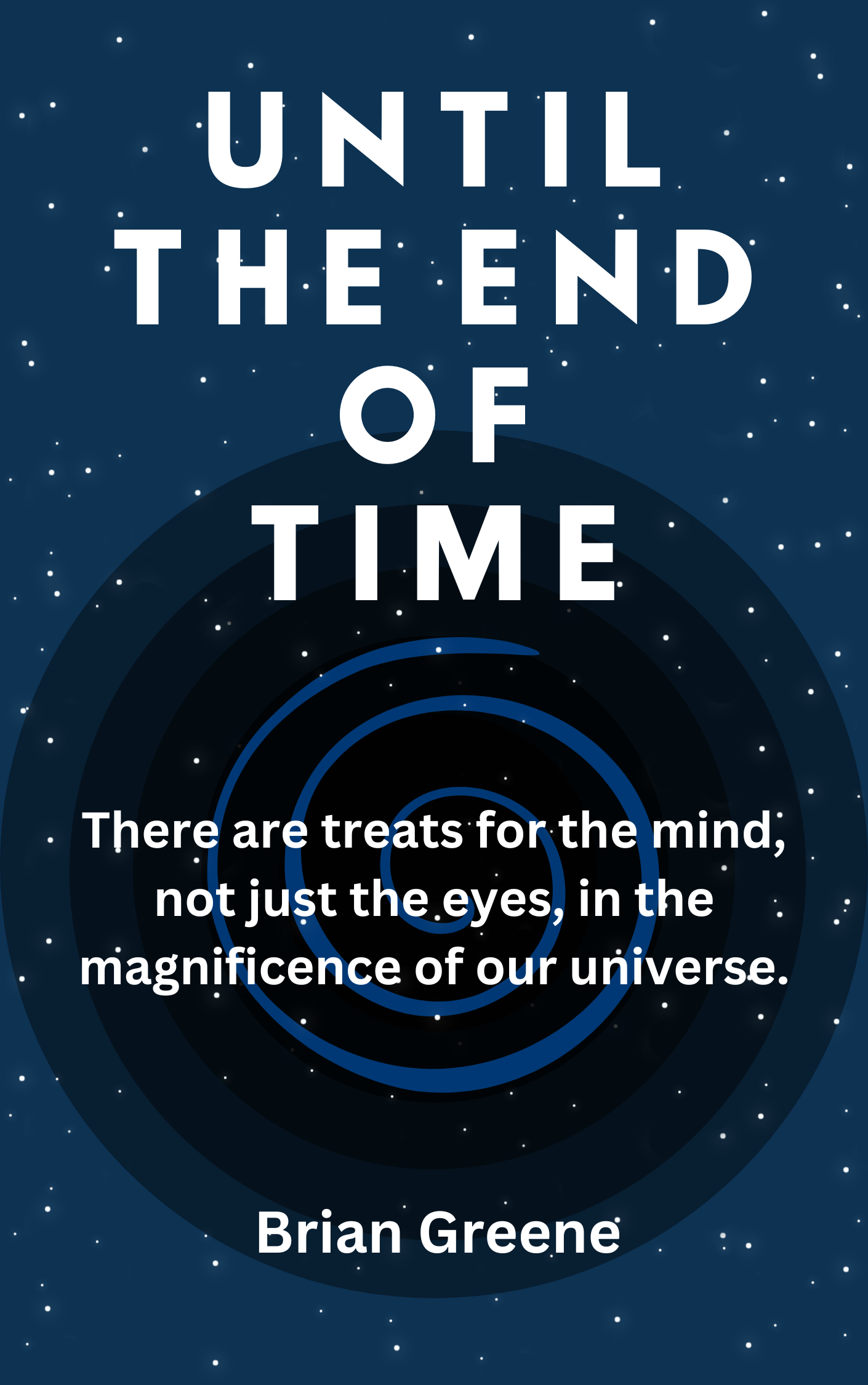Introduction
Imagine standing under the night sky or lying down gazing up at the sky, looking at the stars, mesmerised by their twinkling splendour while feeling a sense of wonder. You may have wondered what lies beyond our reach. What secrets might be hidden within the cosmic depths? Well, Cosmos by Carl Sagan is the book for you as it will take you on an astounding journey of discovery, unveiling those secrets.
Carl Sagan, an astronomer, science communicator, and author, offers us a masterpiece that goes beyond the boundaries of traditional scientific literature. This book is a demonstration of the human spirit of curiosity and exploration and introduces concepts from the birth of stars to the existence of life on other planets.
Cosmos by Carl Sagan invites you to embark on the journey of exploration and pursuit of knowledge that will forever transform your perspective.
Earth's Insignificance in the Vastness of Space
The Ancient Art of Stargazing and the Evolution of Our Cosmic Understanding
Exploring the Possibility of Life beyond Earth
As we mull over the mysteries of the cosmos and gaze at the sky above, our thoughts naturally shift from the ancient practice of stargazing to the possibility of life beyond our Earth. Could it be that the vast universe that has captivated our imaginations throughout history also holds the key to uncovering the secrets of life beyond our planet? Carl takes us along to understand the likelihood of life existing on other planets.
When contemplating the possibility of extraterrestrial life, our thoughts often divert to the red planet, Mars. Our neighbouring celestial body, Venus, boasts extreme temperatures and a toxic atmosphere and is perpetually shrouded in thick, yellowish clouds of sulfuric acid that trap heat, causing a runaway greenhouse effect. But Mars offers a glimmer of hope. With similarities to Earth in day length and geological features, it presents a potential new home for humanity. So, one day if we run out of our natural resources, can we start a new life on Mars?
Well, the answer is not that simple. Although the temperatures on Mars are significantly colder than those on Earth, comparable conditions already exist in the Earth’s Antarctic region, which has proven to be a sustainable habitat. By taking advantage of our understanding of surviving in extreme environments, we could potentially establish colonies on Mars. However, the scarcity of water on the red planet would still remain a major problem as contrary to Earth, Mars lacks vast oceans or large bodies of water. As a solution, Carl makes the bold suggestion of making use of the planet’s polar ice caps. Man-made water canals could replace natural water resources and we could possibly overcome the lack of water and thrive colonies on Mars.
Of course, there are still many challenges to be overcome before humans can colonise Mars. However, the potential rewards are great, and the scientific community is working hard to make this dream a reality - perhaps as a refuge in dire times or just a stop on inter-galactic journeys
Mars, a crimson enigma shrouded in mystery, beckons humanity to boldly venture beyond Earth's confines, fuelling a cosmic odyssey of discovery.
Questioning the Existence of Extraterrestrial Life
As Carl delves deeper into the mysteries of the cosmos, the question of life beyond Earth intertwines with the exploration of potential human colonisation on other planets like Mars.
Do you believe in the existence of aliens? Are you also inspired by the Star Trek movies? Do you also wonder about their appearance in reality? Well, the human obsession with aliens is indeed real. Since the beginning of time, humans have been fascinated by the idea of encountering aliens from beyond our world. One major question that feeds into this fascination is about the physical appearance of these extraterrestrial beings. While Carl does address the question, it is known that the answer to these questions is way beyond our imagination and hence remains elusive. However, it is evident that if life does exist on other planets it will unquestionably differ greatly from the life we are used to experiencing on Earth.
Earth shows us how different environmental circumstances result in the diversity of living organisms. A variety of species on earth ranging from microorganisms, insects and animals to humans have adapted well to survive in diverse habitats. So, a drastic difference between two distant worlds would surely give rise to extraordinary life forms. Life on other planets would have evolved to adapt to the conditions present there - which are very different to those on Earth. However, this doesn't preclude us from speculating about the potential appearance of extraterrestrial life. Take Jupiter, for instance. It's a colossal gas giant brimming with hydrogen and helium within its atmosphere.
Should lifeforms exist outside of Earth?
Should lifeforms exist there, they might take on the form of massive gas-filled spheres, possibly spanning kilometres in size. These hypothetical beings might navigate their environment by expelling bursts of gas and conceivably sustain themselves through a process akin to terrestrial plant photosynthesis.
The prospect of encountering extraterrestrial life throws up another question - how will we communicate with them? It’s likely traditional human modes of interaction may not apply to these otherworldly beings. Instead of dramatic crash landings, contact with alien life would probably occur through the medium of radio waves. Radio communication, with its ability to transcend vast distances, presents a simple, universal method accessible to any advanced civilization.
As we ponder the nature of potential radio messages from these distant beings, prime numbers may hold significance. The use of prime numbers in a message would serve as a clear indication of intentional communication, setting it apart from random cosmic noise. However, deciphering the meaning behind such numerical signals and exploring the possibility of a shared numerical system remain intriguing puzzles awaiting future exploration.
Now, ponder this: could we ever establish a tangible connection with life on distant planets? In theory, it's within the realm of possibility, but political realities cast a shadow of doubt.
Back in 1958, Project Orion set out with an audacious vision: the creation of an interstellar spacecraft propelled by colossal bursts of energy generated from external atomic explosions. It was an ambitious concept, aiming to propel humanity toward the stars.
However, fate had other plans. In 1963, a pivotal moment arrived when the United States and the Soviet Union entered into a treaty that firmly declared, "No nuclear weapons shall detonate in the realm of outer space." In a mere stroke of a pen, the dream of an Orion-style starship venturing into the cosmos was extinguished, leaving the possibility of contact with extraterrestrial life hanging in the balance.
While the mysteries of extraterrestrial life and communication continue to elude us, the appeal of such a possibility gives rise to our heightened sense of curiosity.
Revealing the Legacy of the Ionians in Modern Science
You may have wondered how humanity's unsatiated curiosity about the universe led to the birth of modern science. Carl takes us on a journey back in the time when courageous thinkers from ancient Greece, known as the Ionians, challenged preconceived traditions and beliefs and slowly paved the way for a scientific revolution.
Located in modern-day Greece and Turkey, at the crossroads of civilisation, a place that was a melting pot of different cultures and ideas, the Ionians were a group of philosophers, astronomers, and mathematicians who aspired to unravel the mysteries of the natural world through observation and logic. They dared to question the predominant myths and legends linked to the pagan theories of gods and goddesses. Instead, they pursued logical explanations based on practical evidence. This was a huge shift from the prevailing notion of their time.
Thales, one of the early Ionian thinkers, delved into the study of nature and made incredible observations. He recognized that water was the fundamental substance from which all things originated.
Another one, Democritus, around 430 BCE, is best known for introducing the notion of the atom. The term "atom" derives from the Greek word "atomos," signifying "indivisible." His theory proposed that when slicing a carrot or slashing leaves, the knife is essentially moving through the gaps between atoms in that carrot or leaf.
The contributions of these ancient Ionian thinkers were revolutionary in their time, but their work was often suppressed or overlooked for centuries. In a world dominated by religious dogma and political power, the rational and empirical approach of the Ionians faced significant resistance.
A significant figure to blame for this was the Greek philosopher Pythagoras. Pythagoras and his followers, including famous philosophers like Plato and Aristotle, held a belief that the world, considered divinely perfect, operated solely in accordance with precise geometric laws. They deemed pure thought to be the ultimate tool, dismissing experimentation as unnecessary. They considered experimentation to be akin to menial labour in the fields - something fit for slaves and peasantsTrue intellectual work for them, should remain purely theoretical.
Christianity also adopted Pythagoras' concept of a flawless divine world, leading to the suppression of scientific pursuits that could potentially challenge established doctrines. It wasn’t until the Renaissance and the Enlightenment eras that the Ionians’ ideas would regain recognition and reshape the course of scientific progress.
Voyagers 1 and 2 Carrying Humanity into the Cosmos
As we reflect on the evolution of our cosmic understanding, we are reminded of our passion to discover the mysteries of the universe. Beyond the confines of our solar system lies a vast expanse unexplored, and the Voyagers 1 and 2 took on this monumental challenge. Launched by NASA in the late summer of 1977, these two spacecraft became our eyes and ears in the cosmos, wandering into unknown territories and divulging the wonders that lie far beyond human reach.
As these spacecraft travelled through space, they made use of a complex network of redundant systems to ensure their maximum lifespan. Each system had multiple backups, in case of failure The spacecraft were provided with multiple versions of three different types of computers to ensure their resilience in the unknown space for years.
The data collected by the Voyagers included cosmic radiation, Interstellar Medium, Images of Planets, and Sounds of Space. These have led us to astonishing discoveries, forever changing our perception of the cosmos. However, their significance extends beyond their scientific contributions. They are an attestation to our humanity, serving as time capsules of our civilization. The records from these Voyagers contain an abundance of knowledge about our species; from greetings in various languages to sounds of our technologies. They are a sign of the collective spirit of our species, exhibiting the diverse beauty of our world.
Yet it is the spirit of curiosity and wonder they personify that makes the Voyagers extraordinary. They represent the human desire to explore and wander into the unknown to decipher the mysteries that lie beyond. The Voyagers are a symbol of the limitless potential of the human spirit, to push beyond the boundaries of what is possible.
Chapter 10
Details coming soon.
Summary
Cosmos by Carl Sagan is an astonishing journey of unveiling the mysteries of the universe. From the origins of life to the exploration of distant galaxies, Sagan's book sparks our curiosity and encourages us to embrace the wonders of the universe. In this book, science meets imagination and the boundaries of knowledge are pushed further. Cosmos is a testament to the human spirit of exploration, the beauty of scientific discovery, and the awe-inspiring nature of the universe we call home.









